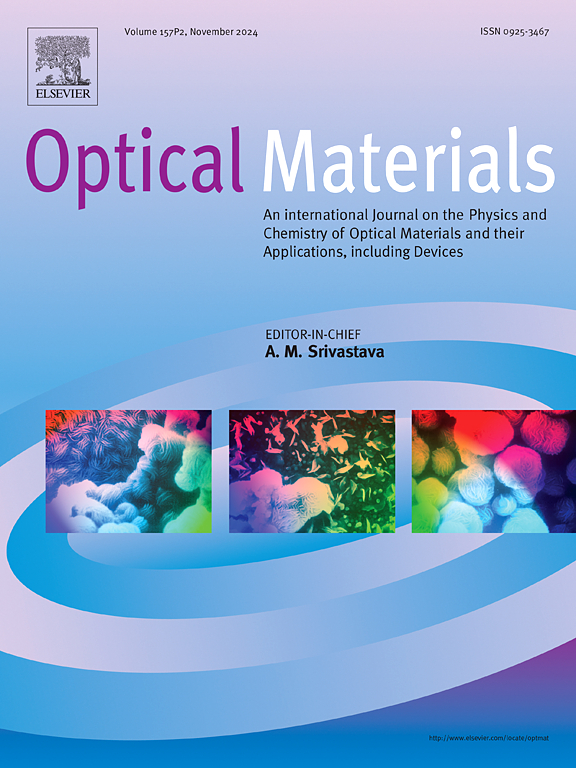Z-scheme based fabrication of Cu2CdSnS4/Au/g-C3N4 ternary heterojunction with enhanced photocatalytic hydrogen production
IF 3.8
3区 材料科学
Q2 MATERIALS SCIENCE, MULTIDISCIPLINARY
引用次数: 0
Abstract
Using the photo-deposition-hydrothermal approach, we synthesized a new Z-scheme Cu2CdSnS4/Au/g-C3N4 ternary heterojunction with varying levels of Au. This was done to improve the photocatalytic performance of the material. Due to rapid electron-hole recombination and insufficient solar light absorption, Cu2CdSnS4/Au/g-C3N4 struggles to achieve its maximum photocatalytic activity. Cu2CdSnS4/Au/g-C3N4 heterojunction photocatalysts, which are composed of nanosheets of Au/g-C3N4 and Cu2CdSnS4, have recently been studied by employing several techniques. These hybrid photocatalysts are characterized by their heterojunction properties. A variety of methods may be utilized, including SEM, XRD, FT-IR, XPS, TEM, and UV–Vis. After 3 h under visible light irradiation, it was discovered that the final composite Cu2CdSnS4/Au/g-C3N4 heterojunction generated 2478.6 μmol g−1 hydrogen. This result was 14 times greater than the pristine g-C3N4 heterojunction and 4.5 times greater than the pristine Cu2CdSnS4 heterojunction. On the other hand, the sacrificial electron donors triethanolamine (TEOA) and methanol exhibited extended photostability, with hydrogen production rates of 2478.6 μmol g−1 and 330.7 μmol g−1, respectively, compared to glycerol, which yielded a hydrogen production rate of 2105.7 μmol g−1. After conducting an in-depth investigation of heterojunction photocatalysts, we found that Cu2CdSnS4 is highly effective in photon harvesting. This efficiency is attributed to the selective utilization of Z-scheme charge transfer, enabled by multiple charge transfer pathways. This study confirmed that heterojunction photocatalysts exhibit outstanding photocatalytic performance for hydrogen production.
求助全文
约1分钟内获得全文
求助全文
来源期刊

Optical Materials
工程技术-材料科学:综合
CiteScore
6.60
自引率
12.80%
发文量
1265
审稿时长
38 days
期刊介绍:
Optical Materials has an open access mirror journal Optical Materials: X, sharing the same aims and scope, editorial team, submission system and rigorous peer review.
The purpose of Optical Materials is to provide a means of communication and technology transfer between researchers who are interested in materials for potential device applications. The journal publishes original papers and review articles on the design, synthesis, characterisation and applications of optical materials.
OPTICAL MATERIALS focuses on:
• Optical Properties of Material Systems;
• The Materials Aspects of Optical Phenomena;
• The Materials Aspects of Devices and Applications.
Authors can submit separate research elements describing their data to Data in Brief and methods to Methods X.
 求助内容:
求助内容: 应助结果提醒方式:
应助结果提醒方式:


